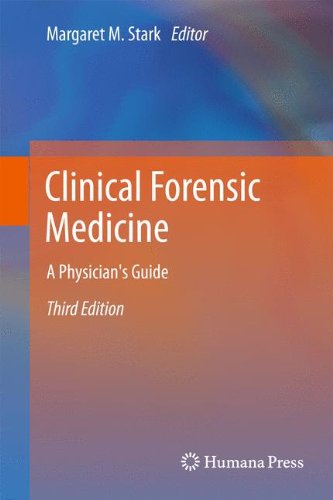

Most ebook files are in PDF format, so you can easily read them using various software such as Foxit Reader or directly on the Google Chrome browser.
Some ebook files are released by publishers in other formats such as .awz, .mobi, .epub, .fb2, etc. You may need to install specific software to read these formats on mobile/PC, such as Calibre.
Please read the tutorial at this link: https://ebookbell.com/faq
We offer FREE conversion to the popular formats you request; however, this may take some time. Therefore, right after payment, please email us, and we will try to provide the service as quickly as possible.
For some exceptional file formats or broken links (if any), please refrain from opening any disputes. Instead, email us first, and we will try to assist within a maximum of 6 hours.
EbookBell Team

4.3
98 reviewsThe publication of this third edition of the definitive text on clinical forensic medicine comes at an exciting time for a subject now gaining recognition as a speciality in the medical establishment. This growing acknowledgement reflects the fact that increasing numbers of health professionals are becoming engaged in general forensic services. Nurses and paramedics are more involved than ever in custody care, while nurses themselves are conducting more examinations in cases involving alleged sexual offences. Thus it is vital that those caring for this vulnerable group of patients (whether detainees or complainants) have the tools to master this specialist set of skills.
All the chapters in this new edition have been fully updated, with some undergoing extensive revision. Recent developments in child protection protocols have prompted a major rewrite of the chapter on non-accidental injury, and the text now includes a specific chapter on the use of the TASER. Other aspects of restraint are now dealt with separately. The material on care of detainees and fitness for interview has been split into individual chapters to allow a more comprehensive discussion of the issues. In addition, new authors have joined the team of contributors, facilitating a wider range of international perspectives. From its chapters on the history and core principles of clinical forensic medicine, right up to the text’s discussion of substance misuse and deaths in custody, this volume remains the gold standard source for health professionals whose working lives bring them into contact with those in the law enforcement arena.